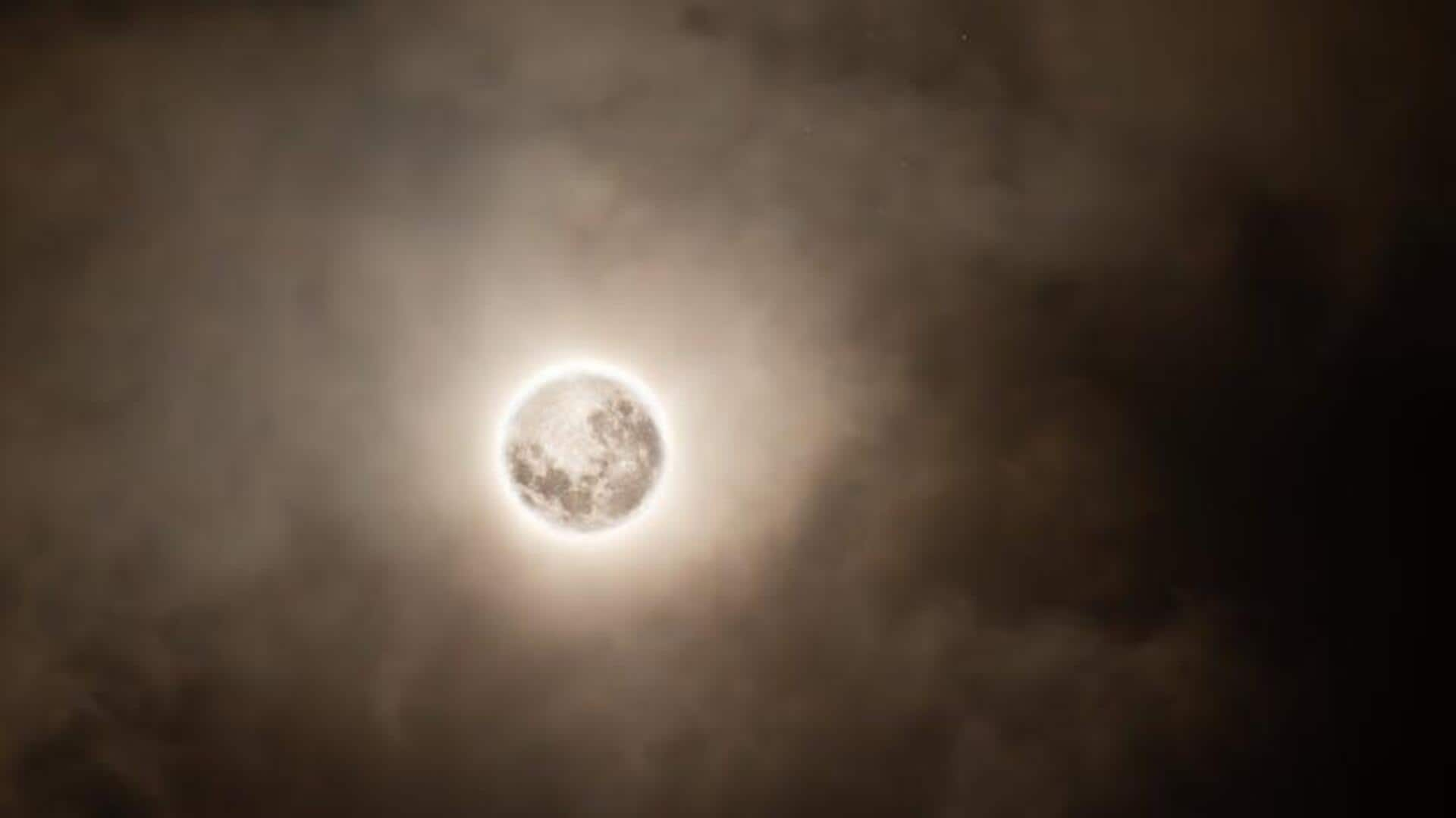
A guide to photographing eclipses over African landscapes
What's the story
The beauty of Africa's landscapes provides a stunning backdrop for the rare and awe-inspiring phenomenon of solar and lunar eclipses. This unique combination offers both amateur and professional photographers the opportunity to create images that are not only visually captivating but also hold a deep cultural and astronomical significance. Want to master this art? Read on!
Sky gazing
Understanding the African sky
Before you can photograph an eclipse, you need to know how to read the African sky. Africa's expansive landscapes provide pristine views free from the light pollution that plagues many of the world's more populated regions. This clarity is especially advantageous during an eclipse, allowing for unimpeded observation of the sun or moon's dramatic metamorphosis. Understanding local weather patterns is also crucial, as they can greatly impact visibility.
Location scouting
Choosing your location wisely
The right place is key to getting that perfect shot of the eclipse in Africa. Higher altitudes mean less hazy skies, and national parks serve up those stunning natural settings you're after. Kenya, Tanzania, and South Africa are popular choices for their wide-open savannahs that perfectly silhouette these celestial ballets. Make sure to check out the paths of future eclipsences to pick your ideal location.
Gear up
The right equipment for eclipse photography
For eclipse photography, a DSLR or mirrorless camera with manual mode is essential as it allows you to adjust exposure settings for the best shot. A tripod is a must-have for stability during long exposures. And, a solar filter is crucial for protecting your camera's sensor when photographing a solar eclipse. It prevents damage by blocking intense sunlight.
Skill enhancement
Mastering eclipse photography techniques
Knowing how to manually manipulate your camera settings is crucial for capturing great eclipse photos. During a solar eclipse, actively managing ISO levels, aperture size, and shutter speed as the light fluctuates will guarantee well-exposed shots without overexposure at any stage of the phenomenon. For lunar eclipses, you may need to use longer exposures to reveal detail on the moon's surface against the darker sky.
Safe shooting
Safety tips for photographers
While photographing an eclipse is a thrilling experience, safety should always come first—particularly during solar eclipses when direct sun gazing can harm your eyes. A solar filter on your camera lens not only safeguards your gear but also permits safe viewing through your camera when positioning shots or focusing manually, ensuring your eyesight isn't jeopardized.